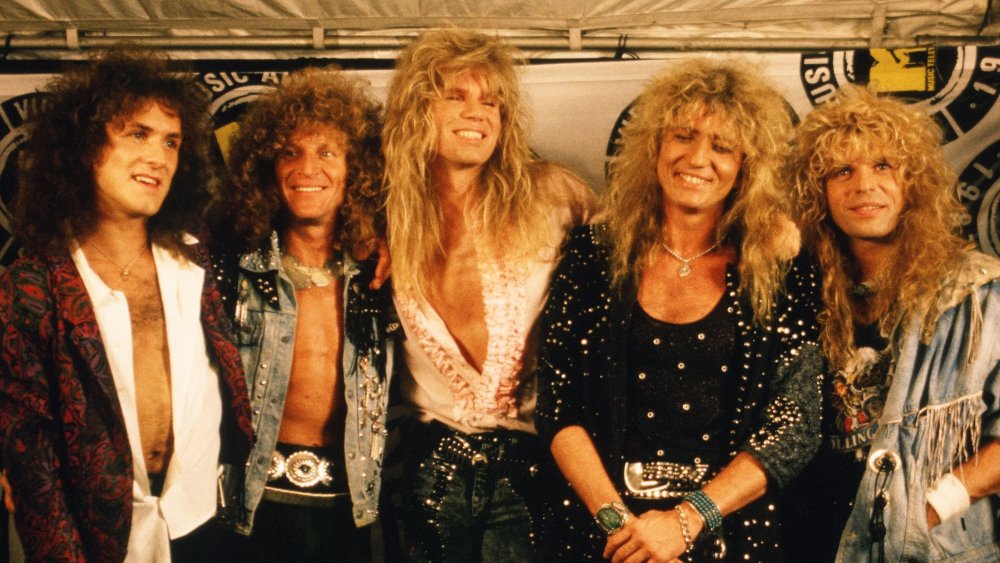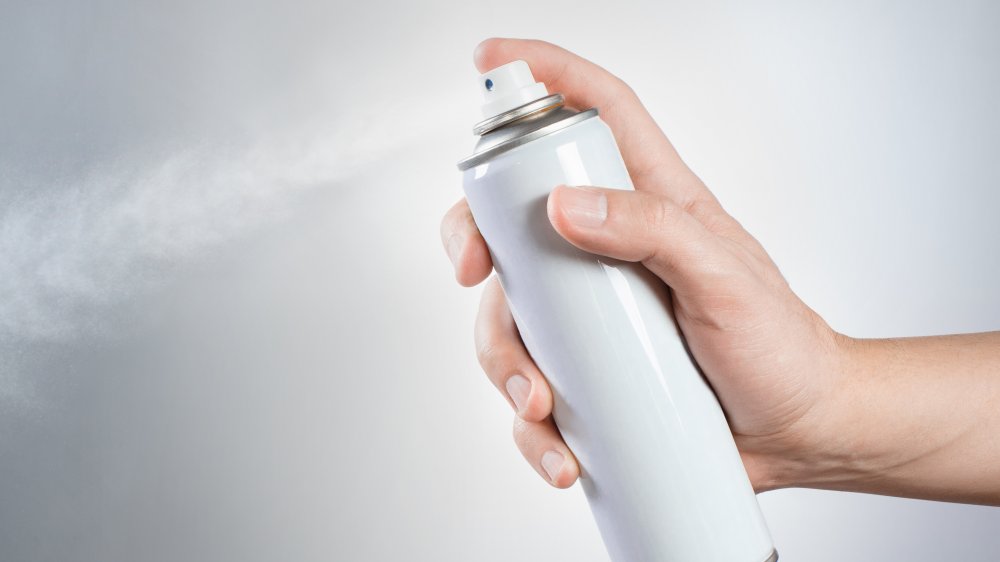The '80s Fashion Trend That Literally Destroyed The Ozone Layer
The 1980s were a wild time and the fashion proves it: big hair, bold colors, questionable outfits. (Can someone explain why people couldn't live without spandex?) However, the decade wasn't just painful on the eyes; it was truly terrible for the planet.
It's not hyperbole. One fashion trend during the decade helped contribute to the destruction of the ozone layer: hairspray. Big hair required so much hairspray that harmful chemicals got into the Earth's atmosphere and created a hole in the ozone layer, which prevents harmful UV rays from entering the planet. Hairspray and other aerosols contain chlorofluorocarbons (CFCs), a toxic chemical also used in refrigeration and making Styrofoam. The Verge reports a single CFC molecule can last for as much as 20 years and can destroy 100,000 ozone molecules.
According to the University of California- Berkeley, two chemists, Mario Molina and F. Sherwood Rowland, discovered the link between ozone depletion and CFCs in the 1970s. Skepticism was rampant when Molina and Rowland were still gathering evidence to support their theory; after all, CFCs were non-toxic so many thought it was safe for the environment. But Molin and Rowland proved correct and their findings would alter environmental policy... eventually.
The bigger the hair the closer to destroying the planet
When CFCs were proven to be harmful to the ozone layer, governments began to change their policies toward the chemical. The United States, for example, started a phase-out of CFCs in the late 1970s (unfortunately, a little too late for the 1980s to get off scot-free), per the University of California- Berkeley. The world came together in 1987 to sign the Montreal Protocol, a treaty that regulates the production and consumption of 100 man-made chemicals that destroy ozone, including CFCs.
That treaty is beginning to pay off. The Verge cites mounting evidence that the hole in the ozone layer is shrinking. Studies showed the hole, which makes its way to Antarctica every year, has gotten considerably smaller from 2000 to 2015.
The treaty forced many companies to change how they make products to avoid things like CFCs. This means today's hairsprays don't have CFC ... but also don't have the same holding power as in the 80s, explains Chemical Processing. We're not out of hot water yet, however. As The Verge points out, the Montreal Protocol inadvertently encouraged the use of hydrofluorocarbon (HFC), which may not deplete ozone but is a potent greenhouse gas . It seems with what we know about climate change, there's no easy solution. At least big hair is no longer a trend. The ozone says thank you.

